
Foreign experience: designers on internships and studying abroad
One can obtain design education abroad in various ways, for example, to enroll in a bachelor degree, or in a short-term summer program, or even by doing an internship. We talked to designers who've tried everything and asked them about what they have learned.
Bachelor
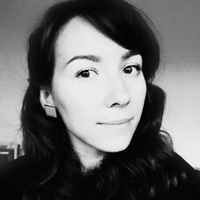 Ekaterina Semenova designer, founder of her own design Studio, a 4-year degree in Eindhoven Academy of design
Ekaterina Semenova designer, founder of her own design Studio, a 4-year degree in Eindhoven Academy of design
I studied management at Saint-Petersburg Polytechnic University, but since I have always been interested in design, I decided to learn more in that field. In Russia at that time (it was 2011) good design education, I thought, did not exist, and I thought to apply for a bachelor degree abroad: i was choosing between Finland and Holland. The Eindhoven Academy of Design attracted me with the fact that there is no direct division between interior design, object design, graphic design. I just didn't know exactly what I wanted to do, so this was very helpful.
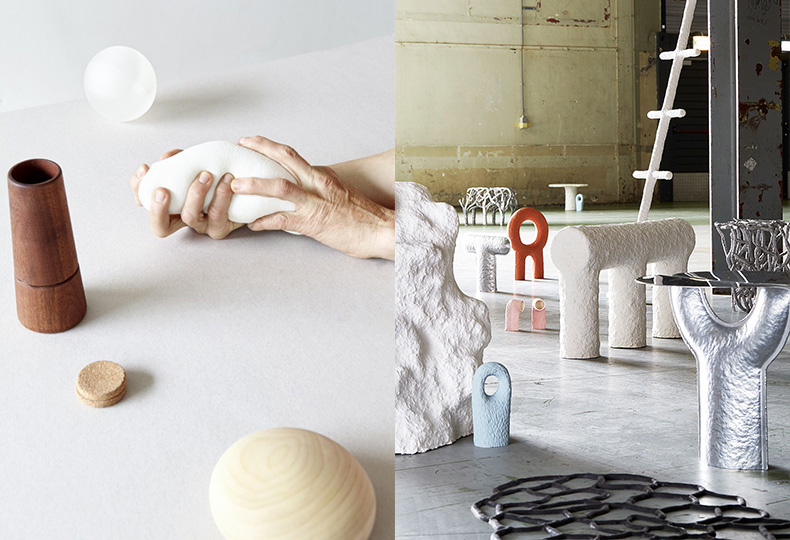
The main thing about the Eindhoven Academy of design are experiments. there are no limitations FOR STUDENTS here.
In the first year we studied creativity in general. To the lessons on Photoshop, in the Academy, there's given much less time than, for example, to theater or painting. Everything is aimed at self-knowing and uncovering the creative potential – the first thing you need to understand is who you are and why you want to do design. The tsks given by the professors were also quite abstract – there is no limit and everyone is free to choose their own interpretation and ways of execution. For example, we had a task: to analyze your hobby and come up with something inspired by this passion. I was traveling a lot and loved to photograph sunsets and sunrises. On the basis of these photographs, and having learned the specifics of color and its change, I invented a lamp for a comfortable awakening. We could use any passion, even a love for beer.
In the second year you need to specialize, but there are no classic divisions into specializations and faculties.
Instead, eight departments: man and activity, man and communication, man and individuality, man and leisure, man and the way of life, and so on. Everything comes from the "man", and no matter what subject you're studying - object design or interior design. In parallel, we worked with different companies. Often it was a specific task for which we needed to prepare the project, but sometimes it was pure creativity. I remember the collaboration with the local jail. We were just told that we could think of anything, one way or another related to the specifics of a prison. I then explored the topic of tattoos. In General, each project was preceded by a study because the idea is always primary. You can't do a chair – you need to very clearly understand why.
I studied design in Russia, too, and it's hard to compare. But if we talk about my studies at Polytechnic University, in Eindhoven, of course, we had many more practical tasks. There are a lot of workshops at the Academy, and you can try yourself at anything while still learning. The only thing I was missing was the open approval of the professors. In the Netherlands it is not customary to praise the students, and the better the work, the more criticism it will receive – it means the teacher sees potential and wants to help you bring it to perfection. To stimulate through criticism can be productive, but this approach is definitely not for everyone. Some people actually do need praise.
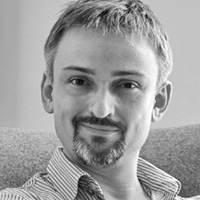 Arseniy Leonovich co-founder and chief architect of the Panacom bureau, a 4-year degree at Delft University in the Netherlands
Arseniy Leonovich co-founder and chief architect of the Panacom bureau, a 4-year degree at Delft University in the Netherlands
It was a student adventure. At the time I studied in Moscow Architectural Institute in the "Workshop for experimental educational design." Our professors, Eugene Asse and Valentin Rannev, took groups of students on an architectural tour to Europe each year. It was a part of the educational process. After one such field trip, I just had to go to study abroad, and chose the oldest Delft Technical University in the Netherlands.
At the time (about 20 years ago) the difference between the European and Russian classical approaches were enormous. But in the "Workshop for experimental educational design" of the Moscow Architectural Institute, where I studied, the training program was markedly different from the classical school, so for me the difference was not so striking. Starting from their freshman year at Delft University, independence, reasonable and practical approach to each architectural project was cultivated in students.
The learning happened through dialogues with professors, no one to impose their own point of view – teachers opened different options, but the choice always remained with the student.
We were taught to look at architecture, the functionality of objects and a deep comprehensive analysis at the preliminary stage, with reason. However, it was very close to the teaching methods of Asse and Rannev.
Another differences of European education I'd point out is a more flexible approach to the selection of programs: students can independently change the direction of their education or to vary the number of hours of a particular subject. This benevolent approach to a student's choice, once again, underlines the high level of freedom and personal responsibility that prevails in European universities.
Summer intensives
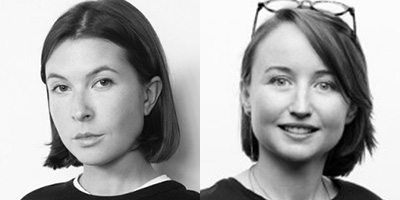 Alexandra Razina and Tatiana Leontieva leading architects at Blank Architects bureu, studied at the Parsons School of Art and Design and Pratt Institute in new York
Alexandra Razina and Tatiana Leontieva leading architects at Blank Architects bureu, studied at the Parsons School of Art and Design and Pratt Institute in new York
Tatiana Leontieva: Our training in new York was possible thanks to the Blank Architects, a bureau we work at. At the initiative of the founding partners, 2018 at the office was declared the year of education and in the framework of this initiative, the architects were able to suggest an international training program they would like to participate in. To get new useful knowledge for me, and thus to effectively combine work and training, I was choosing among the summer intensives in the field of interior design for the duration of a month, no more. Summer courses are usually very short, but they give an opportunity to obtain the principle basics in a very short span of time.
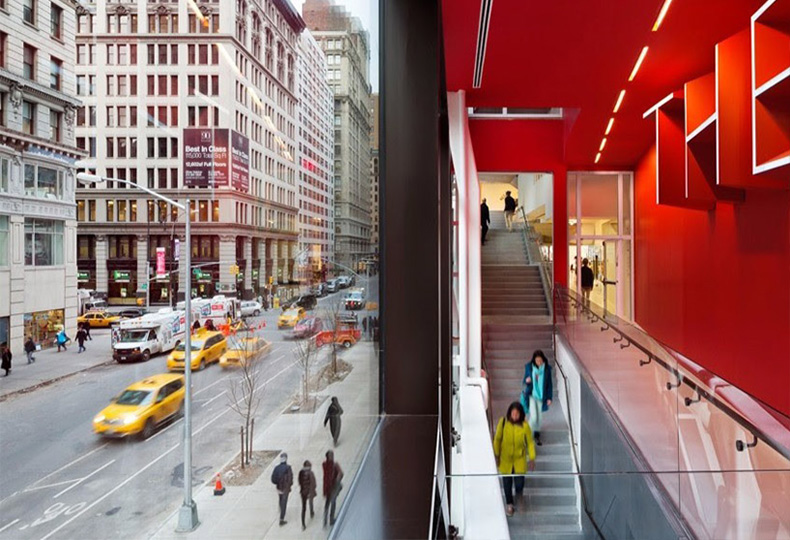
Parsons School of Art and Design in new York.
After careful consideration of suggestions and feedback, the range of choice narrowed down to two schools: Parsons School of Art and Design and Pratt Institute in New York and Saint Martins in London. The decisive factor was that in addition to the course, it was important for us to get into a brand new environment where the learning process activates due to the total immersion in an unexplored context. Almost like children at an early age, whose peak of development falls precisely on traveling - at times of travel they are most open to receiving information that comes from all sides. Since neither of us has been to New York, we decided that it was the best platform for progressive ideas and the freedom of creativity.
When choosing the school, we found The reviews on the Internet, information about teachers and schools in the architectural environment VERY HELPFUL, TOO.
Eventually, each of us chose a program in one of these schools in new York. Similar program names and descriptions were chosen deliberately: one of the goals of our study was to compare two approaches.
Alexander Razin: In the foreign education systems there are no manuals. This is probably the first thing that surprised me. The most valuable about the courses, in my opinion, was a certain uncertainty in what specific project you'd be working with and what the theme and method of teaching would be offered to you. But in this lottery of an experience you get a very individual, almost unique experience. In Western education there is a the level, the direction and the history of the school, but not a set framework developed over the years, a strict program or an assigned to it teacher-"master". The goal is not to clone as many same-quality student projects with perfect execution, or error-free solutions of the same problem as possible from year to year, but to help find and create a personal creative method for each student through valid examples and potential projects in the city. In the process of learning a lot of time is devoted to visiting sights, studying, and criticism of not only well-acclaimed objects and events in the design world, but of what is happening here and now - of temporal events like exhibitions, etc.
Tatyana Leontyev: during the training, I personally learned that in areas such as design, there is no one correct approach. There are a number of concepts that help analyze and understand the design. I'm not just talking about the aesthetic perception but also of certain objective characteristics that can explain why one design is considered successful and the other not. Evaluation criteria for the quality of design can be a very clever layout, the ergonomics of the room, nice color scheme created according to the rules of the color circle, and many others. In addition, these techniques can be mastered not only by an architect, but also anyone interested in the field.
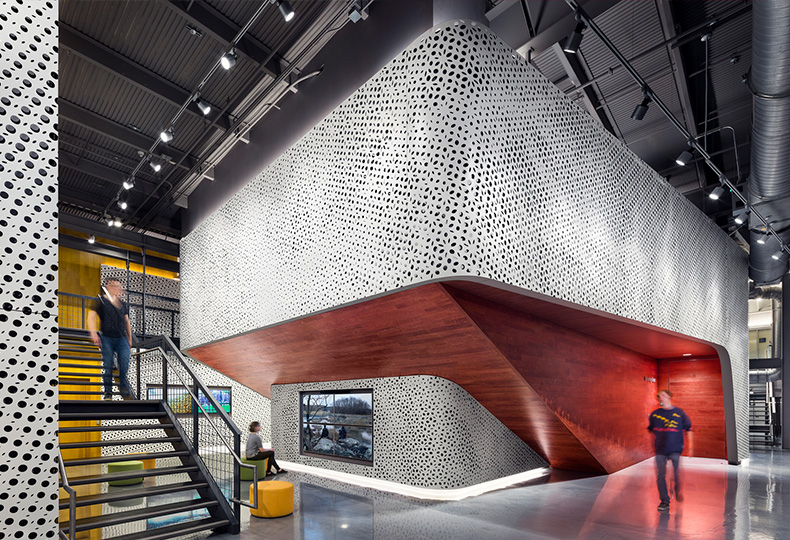
Pratt Institute in new York.
However, there is no correct recipe to creating a special interior. You can't just apply all the above-mentioned techniques and be confident in the success of the project. Just like in contemporary art: if the author managed to convey an idea to the spectator or affect their emotions, the venture was successful. Touch and ability to evoke emotion through interior, using a personal approach is the feature and the talent of a good designer. To unleash that talent you need to find personal techniques that can form the basis of the artist's personal style.
First of all, Russian universities should borrow the approach of total freedom of judgment and of ideas for students.
Tatiana Leontieva: I will Give an example: most of our training was spent in discussion of books, articles, and films about design and architecture recommended to us. Often those were works, whose basis was very blurred musings, since the main purpose of the author was not to formulate a thesis, but to deliberate on the matter. The difference in perception of the same thoughts from the students was phenomenal: each interpreted the same utterance differently, and each of the guesses had its own logic. Thus, the professors stimulated the development of individual thinking and justifying their own judgments in students.
Alexander Razin: it may seem that creative education in new York is an endless matrix of ideas in which the student can easily get lost, but the learning process, in fact, is very well structured, and the school in the face of professors knows, where it's leading its students and creates the perfect "frame" for the overall result of the group and private achievements. It's a good and seemingly obvious technique, which is somehow often forgotten in our universities – to clearly identify and communicate the overall goal of the project from the very first lesson (for the student in particular, and for the course overall), as well as to determine the location and format of the final presentation. And then – freedom, – the important thing is where you're going and not how you're getting there. There's a clear path to the designated goal, and it is accompanied by the constant beacons, which are thoughtfully placed by the program throughout the whole creative path of an architect. They guide, inspire and serve as benchmarks: that's how my final interior project was inspired by and invented through the first artistic exercise we did at the school and one of the field trips. I mean, literally every day of training gives the student the motivation to find one's own way and achieve the ultimate goal.
Internships
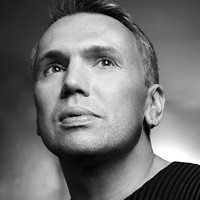 Mike Shilov interior designer, trained in Japan and the UK
Mike Shilov interior designer, trained in Japan and the UK
In my case, the internship abroad was a part of the educational program at the International School of Design. In addition to the main program where you can choose your courses – depending on what you find interesting. "Internship" is actually a name of the course. For example, my internship in Japan was called "Design environment", and we studied design for the public spaces: hotels, shopping malls and restaurants. The course was taught by Yukio Hashimoto – a few years later he would build a restaurant in Moscow called "Nedalnij Vostok" (Not-So-Far East). In addition to that, I went through a training in the UK - a course under the auspices of partner schools WK School of Art & Design. In London the course was built so that we studied the architecture on the examples of projects of living classics like Philippe Starck and John Pawson. Together with experts, we went around design and architectural landmarks , where they explained to us in detail why everything is done exactly so and not otherwise. We studied peculiarities of the design in relation to the realities of a particular country, therefore, both training in Japan and in the UK – were very interesting and different.
A good designer has to be well-rounded by default, and international internships are very useful for the development of this quality. Just yesterday I spoke with a supplier about why it happens so often that the designer chooses one thing and the client another. The secret is simple: each based on their experience. The customer can, based on my experience, praise some kind of picture, without penetrating into its essence – but he doesn't have to understand this well. The task of the designer, as a professional, is to tell him about other options, to show the design in its entirety and to warn against errors. It is clear that an internship abroad is a thing not everyone can afford, but education now, as I think, is more a question of curiosity and desire, rather than money. There are many opportunities to obtain additional education online – for example, in International School of Design regularly hosts webinars with renowned designers and top professionals, and they only cost a few thousand rubles.
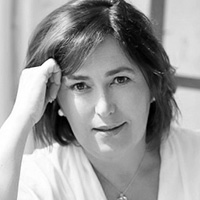 Alla Shumeyko designer, decorator, trained in the netherlands and Belgium
Alla Shumeyko designer, decorator, trained in the netherlands and Belgium
My internship began with my desire to know what it is like there. Fortunately, I was then taking a refresher course at the "Details" school of design. The school gave me the opportunity to intern abroad, which at that time was not an easy thing to do. Now everything is much easier: the world has become more open, and you can find anything on the Internet, too. I had two internships: in the Netherlands and Belgium, and they were unforgettable. Holland, for me, is the capital of design and the Dutch design is the closest to me in spirit. During the internship I had the opportunity to learn from real professionals. Marcel Wolterinck, Pete Boone, Axel Vervoordt, Piet Oudolf – all these names still have a great influence on me.
During my internship I've learned the most important rule is the need for an unconventional approach, we must not be afraid to think boldly and to do as we please, not looking at anyone around. Of course, it is good to learn everything before starting to work, but life is more complex, and things go as they go. And working on yet another project, you realize that you still have lots to study and learn. Internships are an excellent learning format.

